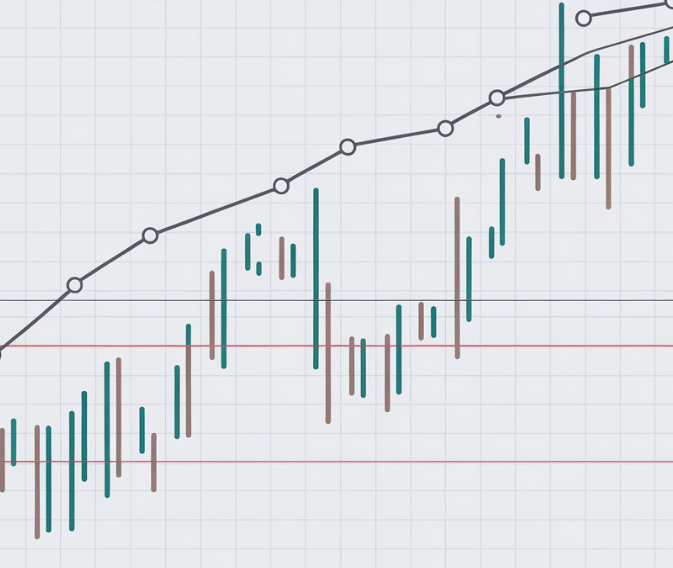Dual Momentum Example: A Powerful Investment Strategy in Action
Dual Momentum investing is a widely recognized strategy that combines relative and absolute momentum to minimize risks and maximize returns. In this article, we will provide a detailed dual momentum example, using real-world data from 2019–2021, to showcase how this strategy can help investors navigate both bull and bear markets.
What Is Dual Momentum?
Before diving into a real-world dual momentum example, it’s important to understand the strategy’s two core components:
- Relative Momentum: This compares the performance of different assets, helping investors choose the one with stronger recent returns.
- Absolute Momentum: This evaluates whether the chosen asset has shown positive returns over a specific period. If not, the investor moves to a safer option like bonds or cash.
This combination helps investors stay exposed to growing markets while avoiding losses in downturns.
Dual Momentum Example: 2019–2021 Market Data
Let’s walk through a real-world dual momentum example using two well-known ETFs: the S&P 500 ETF (SPY), representing the U.S. stock market, and the MSCI All Country World Index ETF (ACWI), representing global stocks. The time period covers the 2019 market rally, the 2020 COVID-19 crash, and the recovery in 2021.
1. 2019 Performance Review
- SPY (S&P 500): +28.9%
- ACWI (Global Index): +26.6%
Relative Momentum: SPY outperforms ACWI in 2019, meaning investors using the Dual Momentum strategy would choose SPY for this year.
Absolute Momentum: Since SPY has a positive return, the strategy confirms an investment in SPY for 2019.
2. Early 2020 and the COVID-19 Crash
In early 2020, the COVID-19 pandemic triggered a global market crash.
- SPY (S&P 500): 12-month return = -1.9%
- ACWI (Global Index): 12-month return = -2.5%
Relative Momentum: SPY still outperforms ACWI during the downturn, indicating a preference for SPY.
Absolute Momentum: However, SPY’s return turns negative (-1.9%), triggering a move to a safer asset like bonds or cash to avoid further losses.
3. Post-Pandemic Recovery (Late 2020–2021)
As markets recovered in the latter half of 2020, momentum shifted back to stocks.
- SPY (S&P 500): 12-month return = +15%
- ACWI (Global Index): 12-month return = +12%
Relative Momentum: SPY continues to outperform ACWI.
Absolute Momentum: SPY’s return is positive (+15%), signaling a re-entry into U.S. stocks.
The dual momentum example here shows how the strategy helps avoid significant losses during a downturn while re-entering the market for gains during recovery.
4. 2021: Continued Market Growth
- SPY (S&P 500): +26.9%
- ACWI (Global Index): +18.5%
Relative Momentum: SPY outperforms ACWI again in 2021.
Absolute Momentum: Since SPY continues to have positive returns, the strategy remains invested in SPY for the entire year.
Why This Dual Momentum Example Works
This real-world dual momentum example highlights the benefits of the strategy. By investing in the best-performing asset based on relative momentum and protecting against losses using absolute momentum, investors can minimize drawdowns during market crashes and capture gains in bull markets.
The dual momentum example above shows that during the COVID-19 crash, the strategy successfully shifted to a safer asset class, avoiding significant losses. When markets recovered, it shifted back into stocks to capitalize on growth.
Conclusion: Key Takeaways from Our Dual Momentum Example
In this dual momentum example, the strategy proves its effectiveness by limiting downside risk and maximizing returns in different market conditions. Whether you’re a beginner or a seasoned investor, applying Dual Momentum can be a valuable tool in your investment strategy.
By understanding how relative and absolute momentum work together, you can implement this strategy to help improve your investment returns and reduce risk over time.
